34 162 070 RUB
560 м²

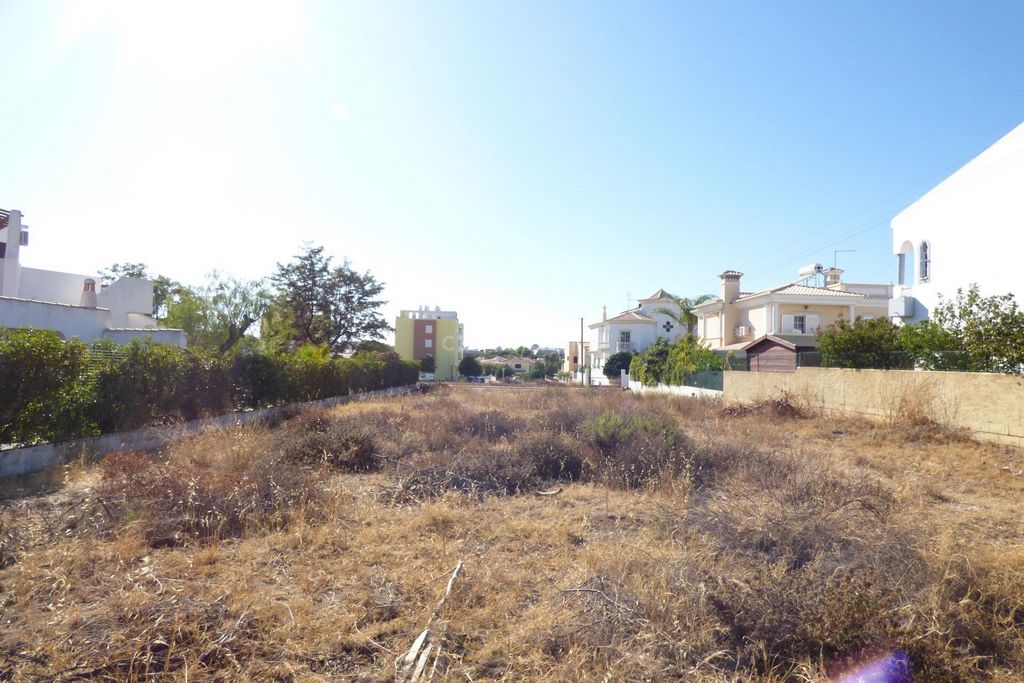
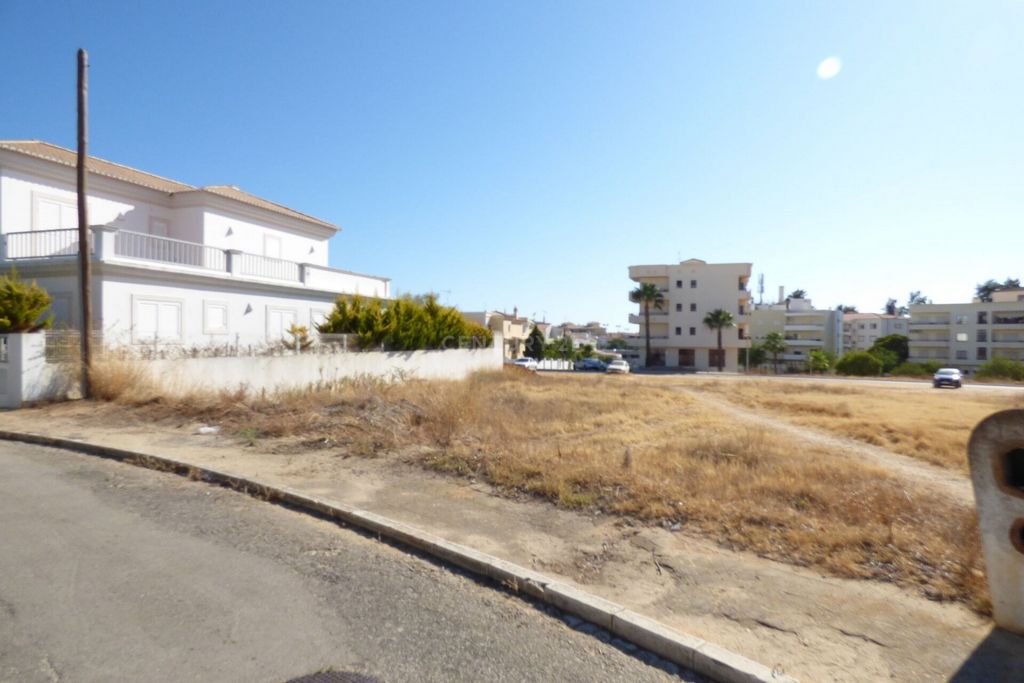


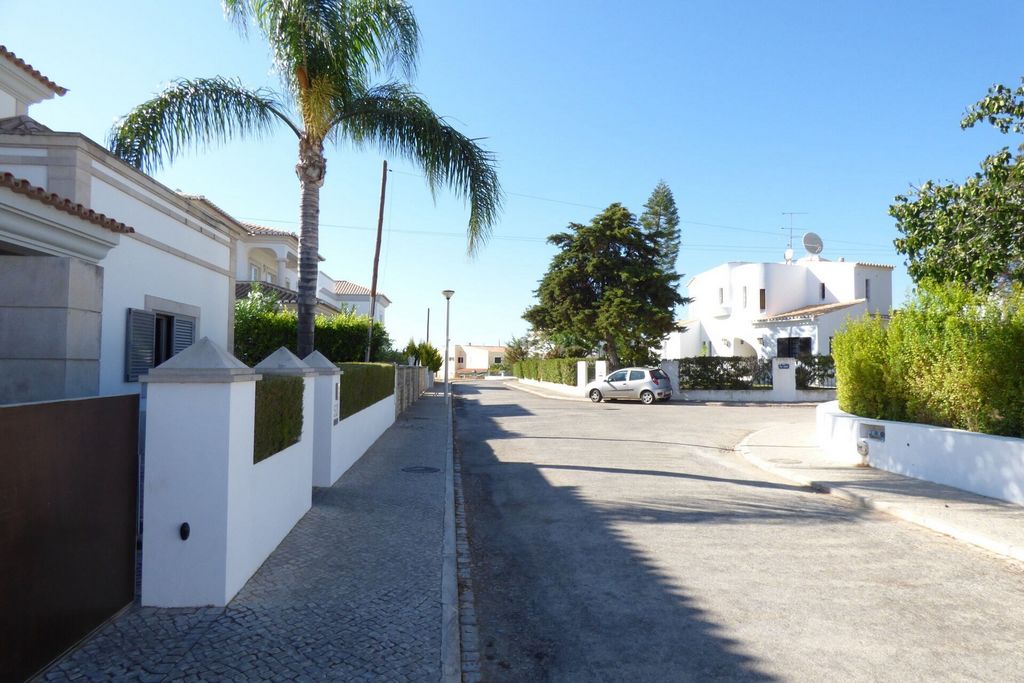


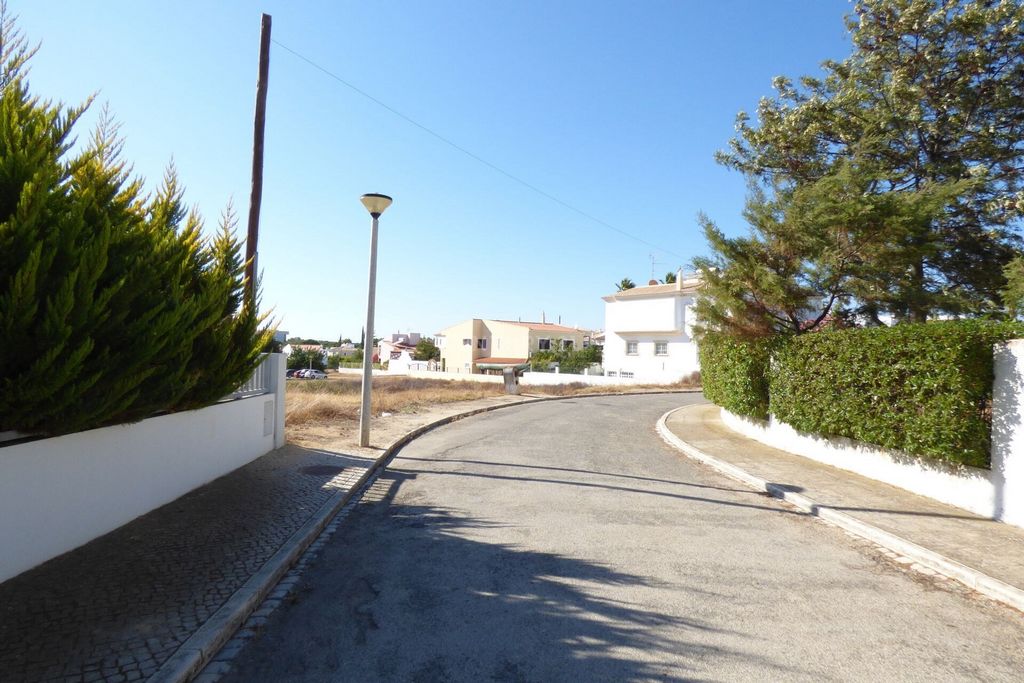

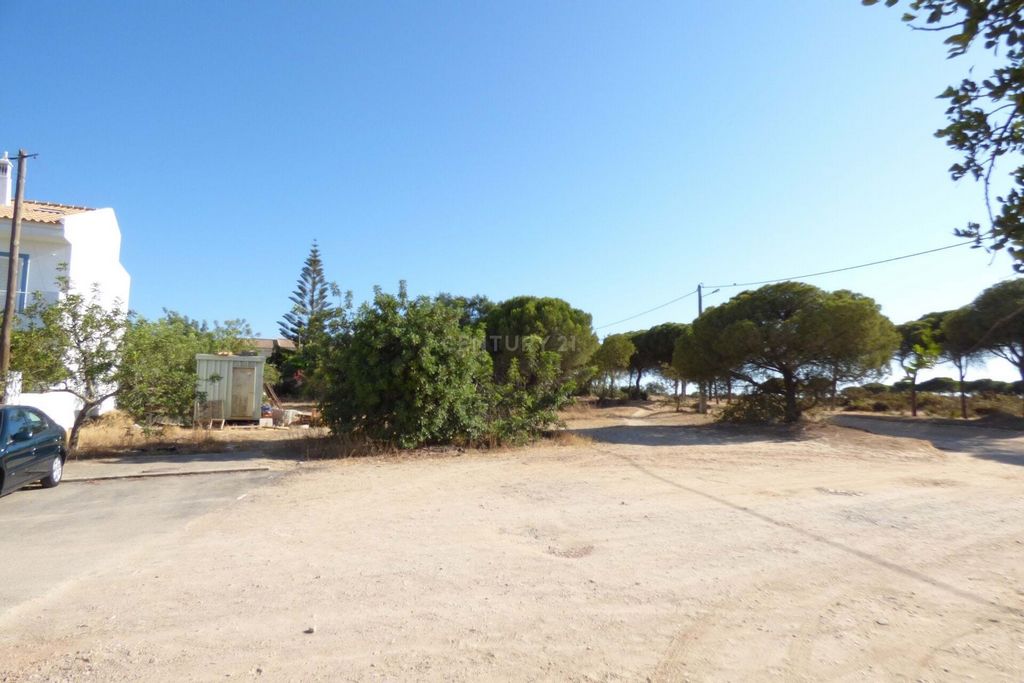
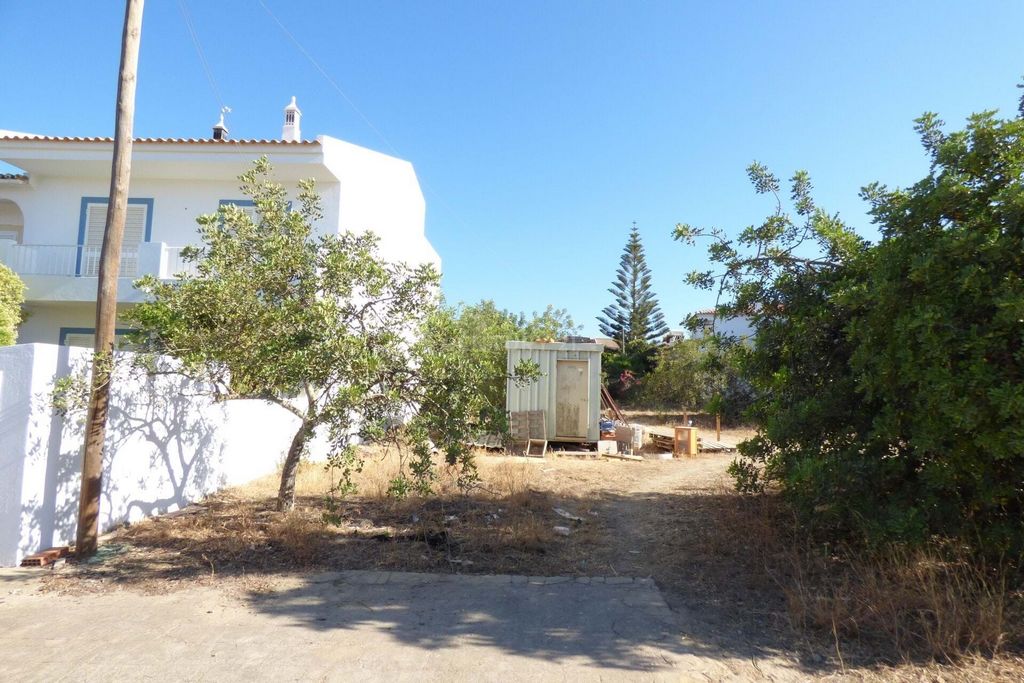
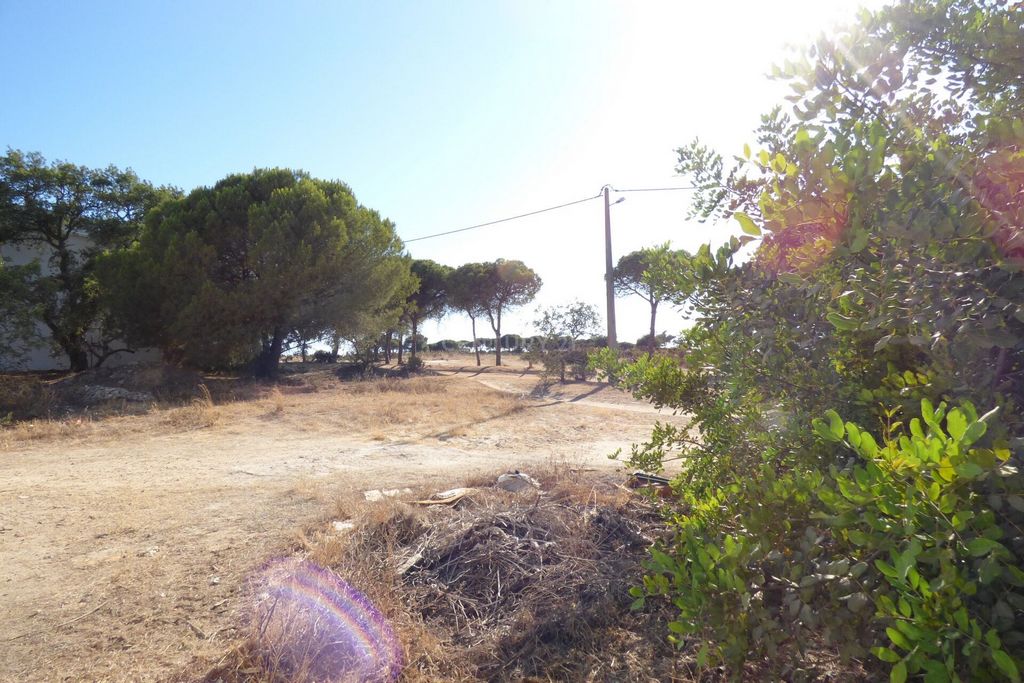
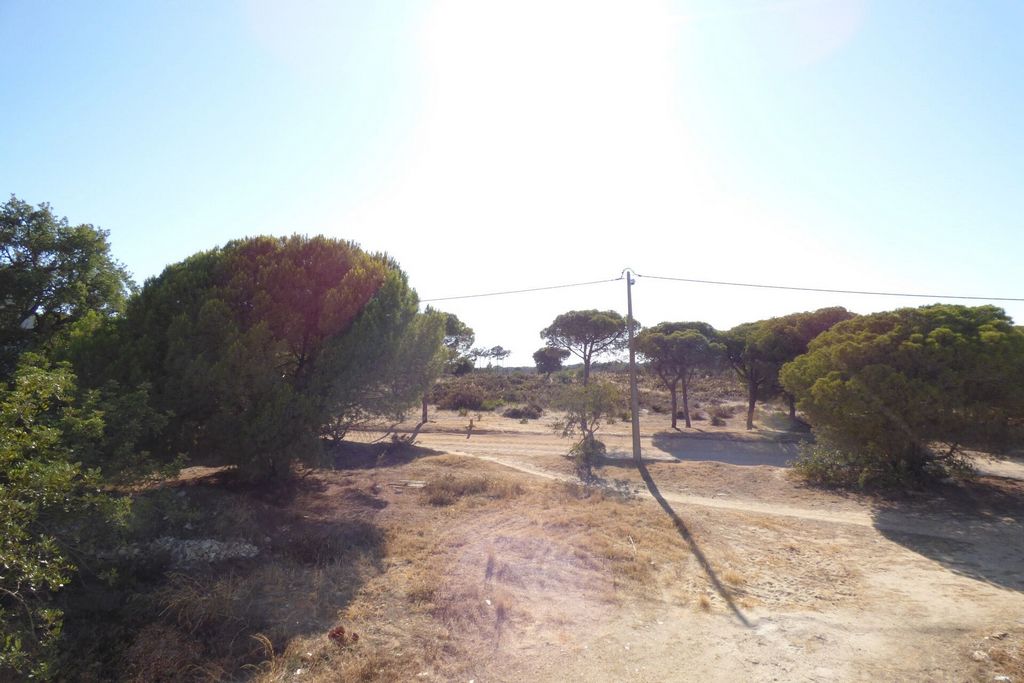

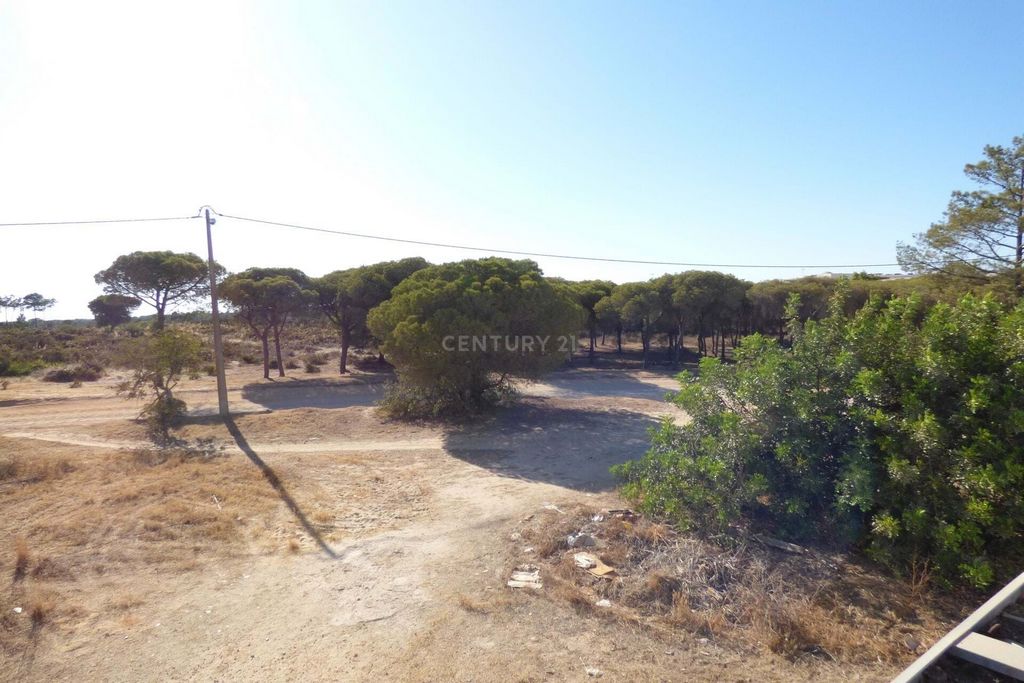


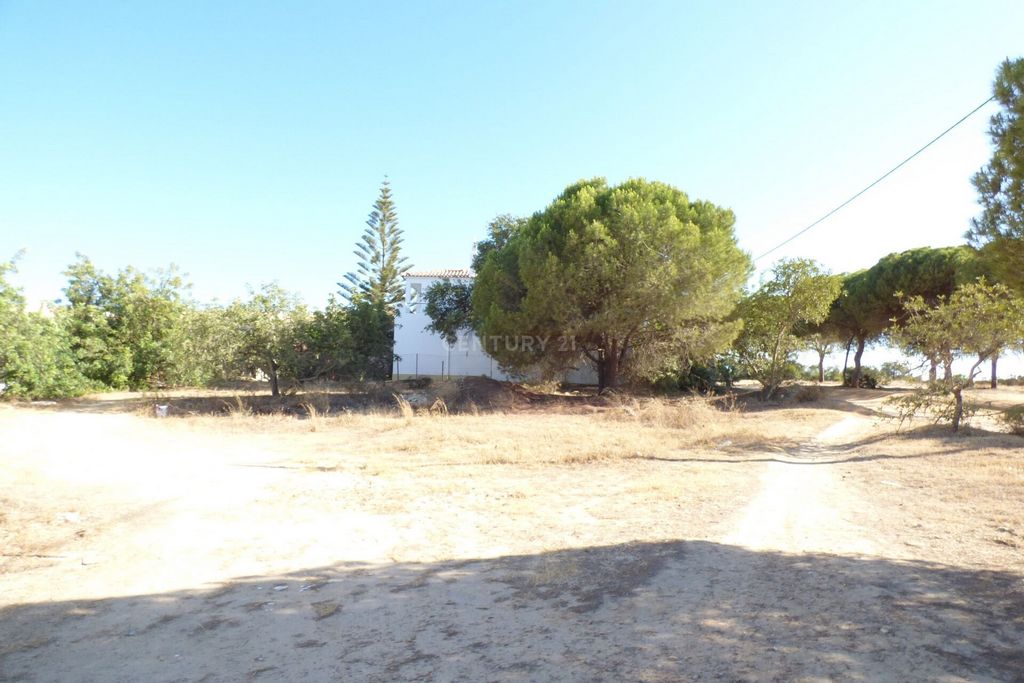



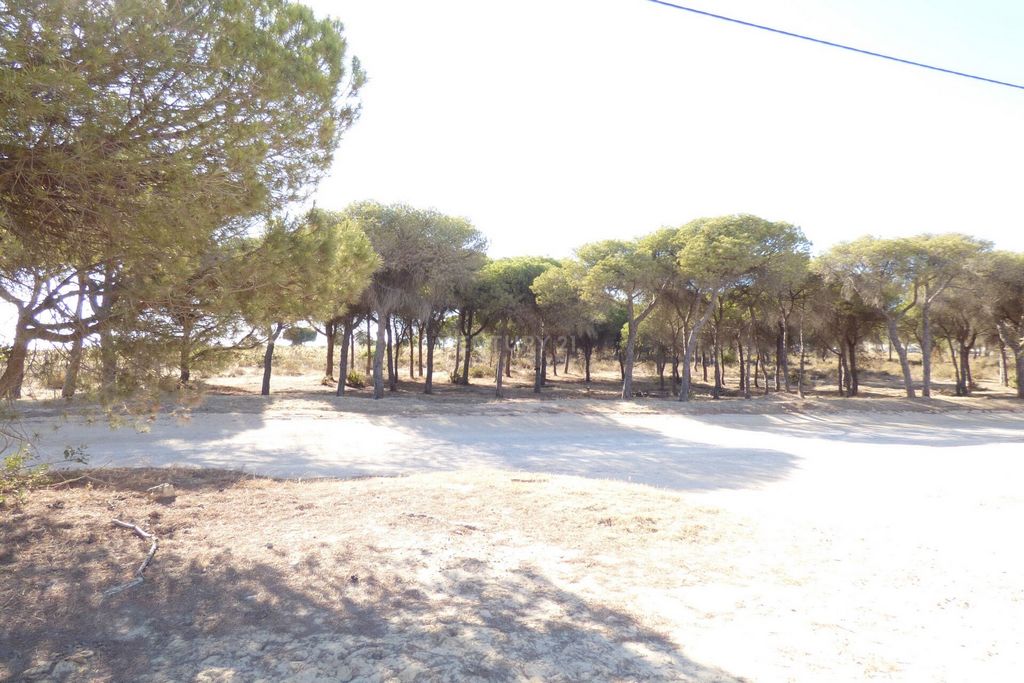
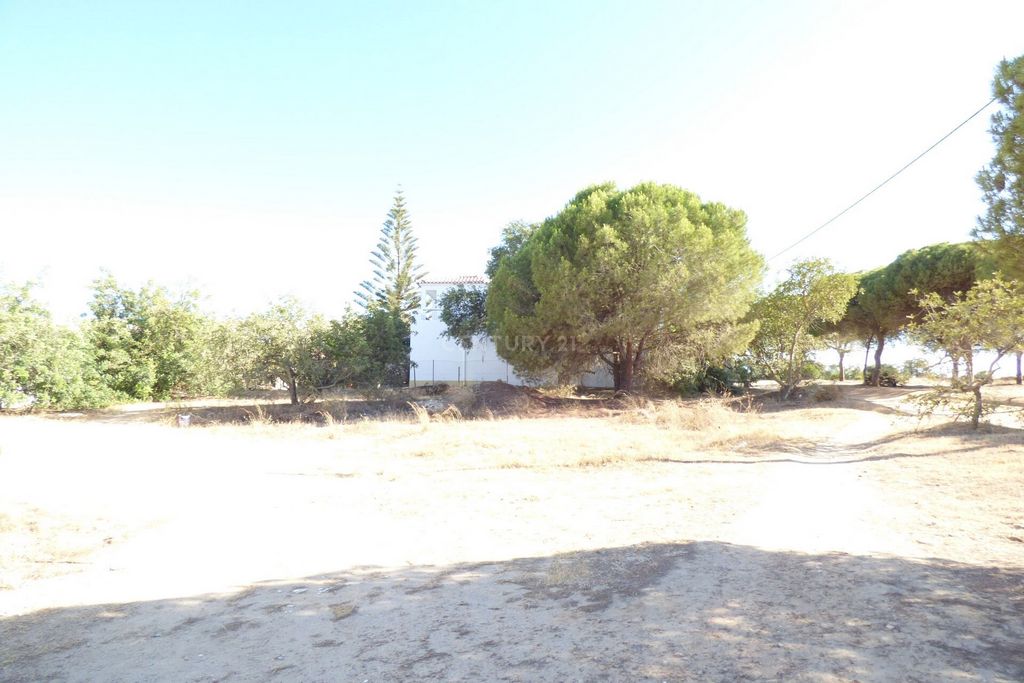
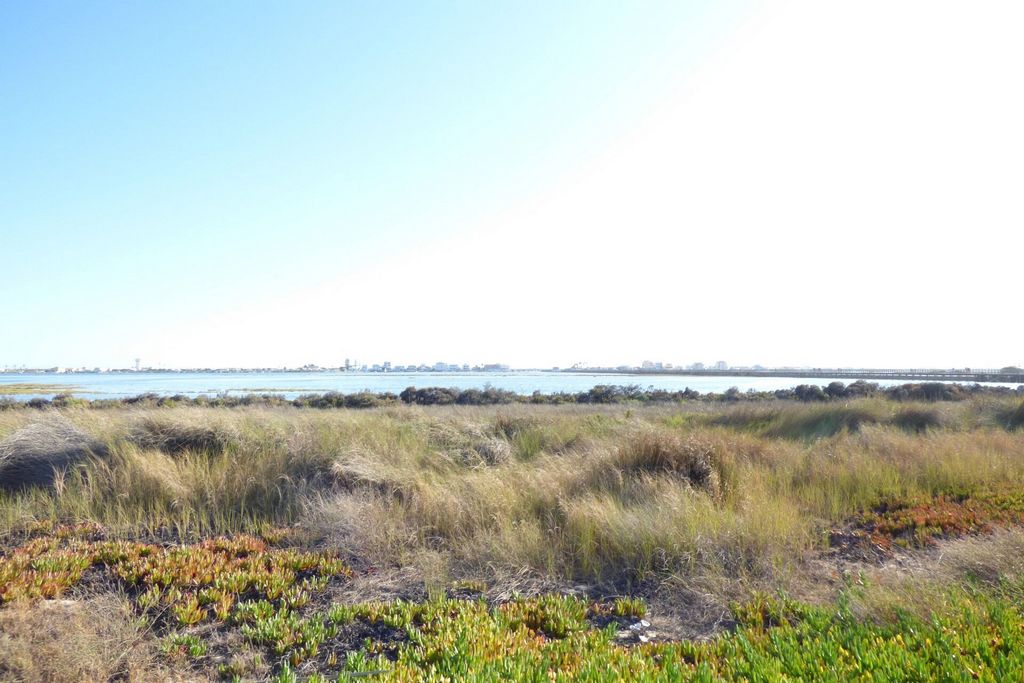
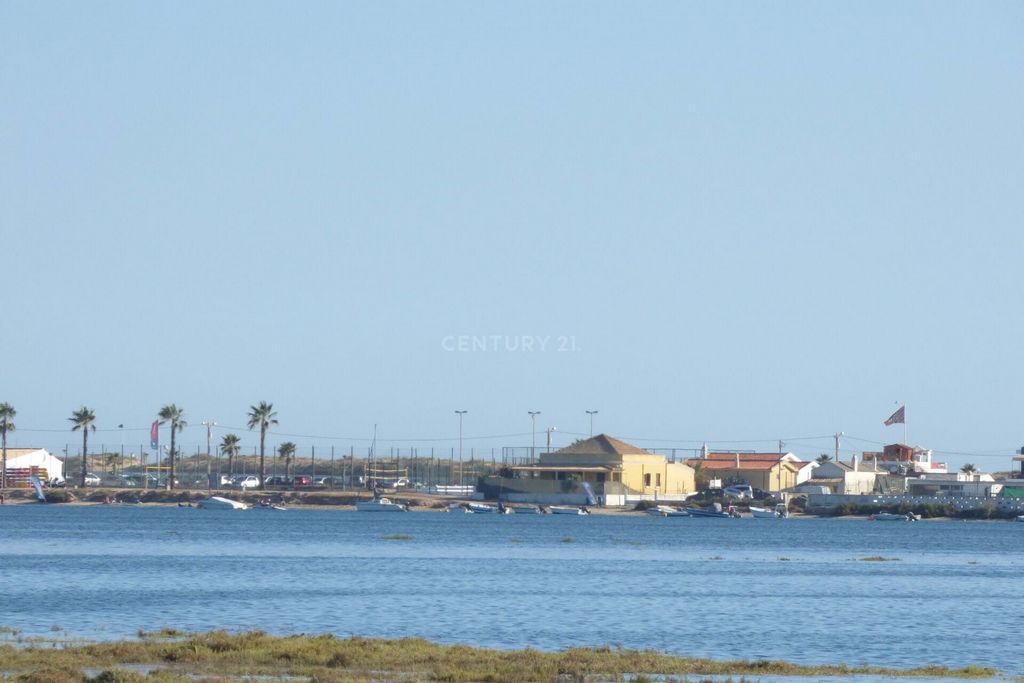

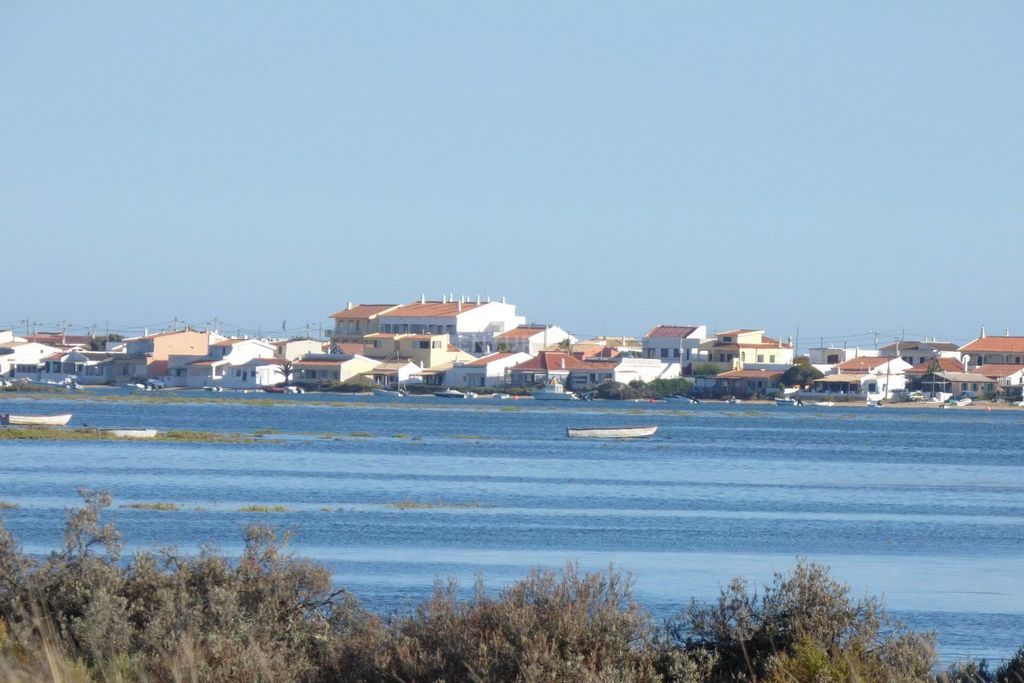
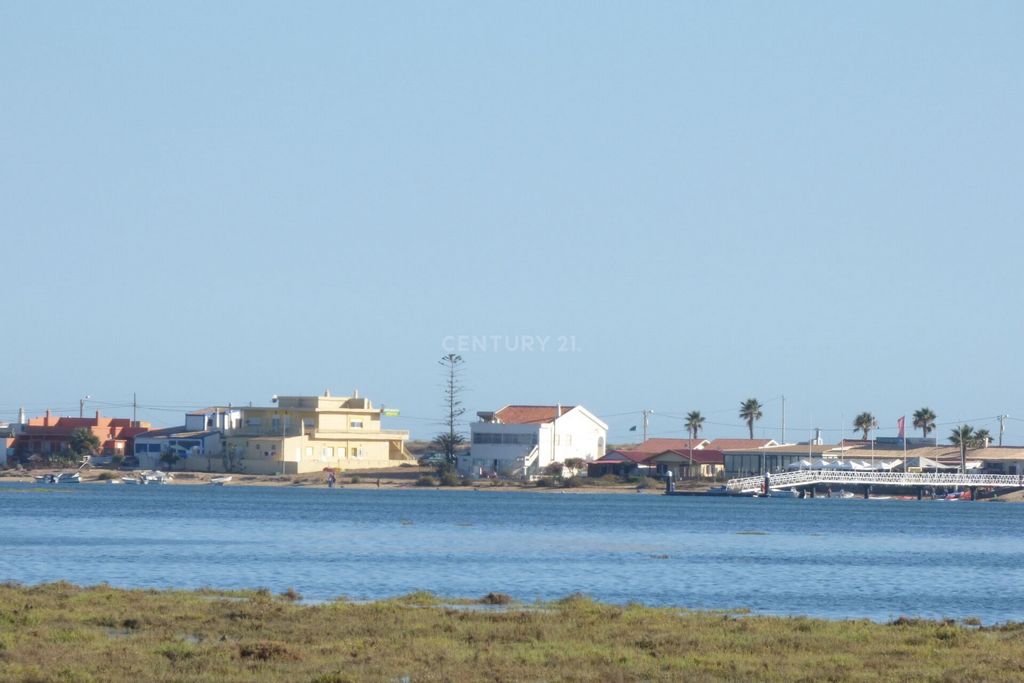
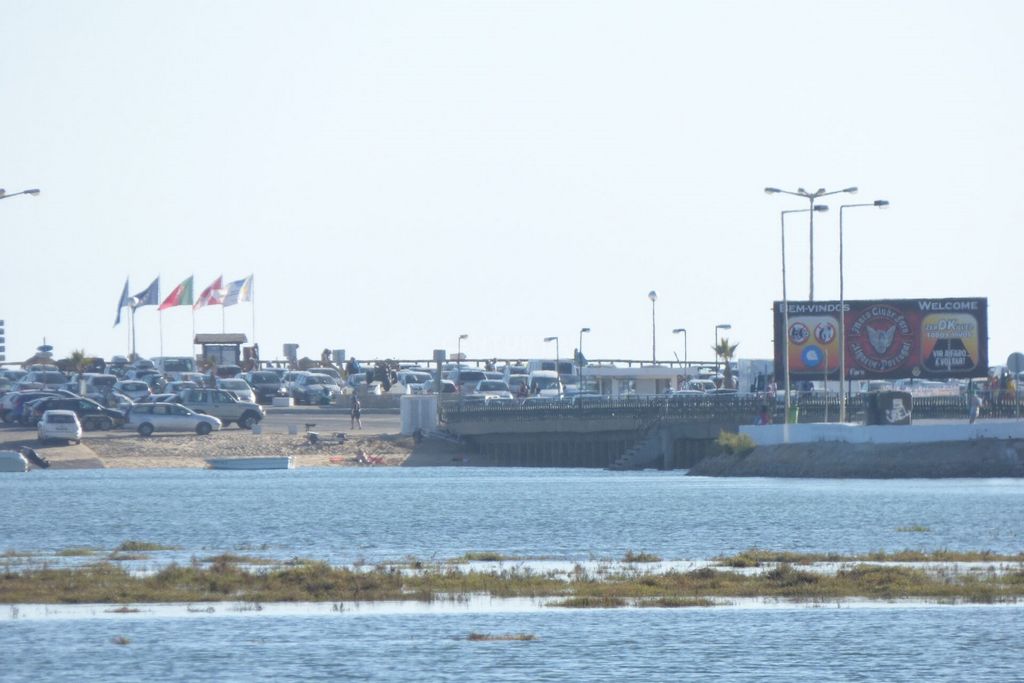





The municipality of Faro is divided into two distinct areas, the coastline, part of the Parque Natural da Ria Formosa (Nature Park of Ria Forma) and the barrocal, characterized by hills and valleys, populated with typical Algarvan vegetation.
The nature park is considered one of the seven natural wonders of Portugal, with a beach that is around 7 km (4 mi) from the downtown. It includes the river and a lagoon system, interspersed with dunes, forming a small islands and peninsulas, that protect a large area of marshes, channels, and islets. The beaches in Faro are situated on the peninsula of Ancão and island of Culatra, along the corridor of the nature park. The park is a rich and complex aquatic ecosystem, consisting of barrier islands, marshes, and channels, comprising sandy shorelines that separate the waters of the Ria Formosa and Atlantic Ocean. The beaches of Faro and Barrinha/Barra de São Luís, are located on the Ancão peninsula, the beach of Barreta on the Ilha Deserta, and the beaches of Farol and Culatra are located on the Ilha Culatra. The barrier islands are separated by tidal flats and shallows, including (from west to east) the Barra do Ancão/Barra de São Luís, the Barra de Santa Maria/Barra do Farol, and the Barra da Culatra/Barra da Armona (in the municipality of Olhão).
Annually, many species of aquatic migratory birds transient northern Europe and nest there during the winter. These include flamingos, terns, pied avocets, Eurasion wigeons, and common chaffinches.
Within the town are gardens and open spaces, among which are the Manuel Bivar Garden, Alameda João de Deus Garden, and the Mata do Liceu.
The variety of species and natural conditions result in the region being a popular ecotourism zone, promoting birdwatching, boating trips into the delta, kayaking along the Ria Formosa, pedestrian trails, and biking tours, accompanied by nature guides. The municipality is crossed by the southern Ecovia do Algarve, a bicycling circuit that connects the Algarve to the rest of Europe.Climate
Faro has a hot-summer Mediterranean climate (Köppen: Csa), moderated by a transitioning Portugal-Canary current giving a certain resemblance to Southern California that is not heated in the summer by the Mediterranean Sea like Algarve.
Summers are warm to hot and sunny with average daytime maximum temperatures of 2735 °C (8195 °F). Summer warmth can linger well into October. The weather in the winter is generally mild by European standards, managing around 6 hours of sunshine each day, with temperatures averaging around 816 °C (4661 °F) in the coldest month. The city receives most of its rainfall over the winter; rain is scarce between June and September. The annual average temperature is around 17.5 to 18.5 °C and the annual rainfall is around 500 millimetres (19.69 in). The average sea temperature is 1617 °C (6163 °F) in January rising to 2224 °C (7275 °F) in August and September. Higher sea water temperatures are reached. With over 3000 hours of sunshine a year, Faro is often regarded as the sunniest city in Europe. Показать больше Показать меньше Terrain pour construction de maison individuelle, à 200m de l'Université de Gambelas. À environ quatre kilomètres de l'île de Faro. Et à quinze minutes de la Quinta do Lago Golf.
Dans ce lot, vous pouvez construire une villa avec piscine. V6,V7,V8. Son emplacement est unique, à proximité de l'île de Faro, du parc naturel de Ria Formosa, de l'Université de Gambelas et à dix quinze minutes du centre de Faro et de Quinta do Lago. Une dizaine de minutes à pied, vous avez le supermarché, les pâtisseries, les restaurants, les autres services et le court de tennis. Venez vivre ou passer vos vacances à 200m de la zone écologique de Ludo, qui vous permet de marcher ou de faire du vélo, de faire du sport ou de vous promener pour profiter de la beauté de la nature. Profiter d'un mode de vie sain.
La municipalité de Faro est divisée en deux zones distinctes, le littoral, qui fait partie du Parque Natural da Ria Formosa (Parc naturel de Ria Forma) et le barrocal, caractérisé par des collines et des vallées, peuplées de végétation typique de l'Algarve.
Le parc naturel et est considéré comme l'une des sept merveilles naturelles du Portugal, avec une plage située à environ 7 km du centre-ville. Il comprend la rivière et un système lagunaire, entrecoupé de dunes, formant de petites îles et des péninsules, qui protègent une vaste zone de marais, de canaux et d'îlots. Les plages de Faro sont situées sur la péninsule d'Ancão et l'île de Culatra, le long du couloir du parc naturel. Le parc est un écosystème aquatique riche et complexe, composé d'îles-barrières, de marais et de canaux, comprenant des rivages sablonneux qui séparent les eaux de la Ria Formosa et de l'océan Atlantique. Les plages de Faro et Barrinha/Barra de São Luís, sont situées sur la péninsule d'Ancão, la plage de Barreta sur l'Ilha Deserta, et les plages de Farol et Culatra sont situées sur l'Ilha Culatra. Les îles-barrières sont séparées par des vasières et des bas-fonds, y compris (d'ouest en est) la Barra do Ancão/Barra de São Luís, la Barra de Santa Maria/Barra do Farol et la Barra da Culatra/Barra da Armona (dans le municipalité d'Olhão).
Chaque année, de nombreuses espèces d'oiseaux aquatiques migrateurs transitent par le nord de l'Europe et y nichent pendant l'hiver. Il s'agit notamment des flamants roses, des sternes, des avocettes pie, des canards d'Eurasion et des pinsons communs.
Dans la ville se trouvent des jardins et des espaces ouverts, parmi lesquels le jardin Manuel Bivar, le jardin Alameda João de Deus et la Mata do Liceu.
La variété des espèces et des conditions naturelles font de la région une zone d'écotourisme populaire, favorisant l'observation des oiseaux, les excursions en bateau dans le delta, le kayak le long de la Ria Formosa, les sentiers pédestres et les randonnées à vélo, accompagnés de guides naturalistes. La municipalité est traversée par le sud Ecovia do Algarve, un circuit cyclable qui relie l'Algarve au reste de l'Europe.Climat
Faro a un climat méditerranéen d'été chaud (Köppen : Csa), modéré par un courant de transition Portugal-Canaries donnant une certaine ressemblance avec le sud de la Californie qui n'est pas chauffé en été par la mer Méditerranée comme l'Algarve.
Les étés sont chauds à chauds et ensoleillés avec des températures maximales diurnes moyennes de 27 à 35 °C (81 à 95 °F). La chaleur estivale peut persister jusqu'en octobre. Le temps en hiver est généralement doux selon les normes européennes, avec environ 6 heures de soleil par jour. Avec plus de 3000 heures de soleil par an, Faro est souvent considérée comme la ville la plus ensoleillée d'Europe. Lote de Terreno para construção de Moradia isolada, a 200m da Universidade das Gambelas. A aproximadamente quatro quilómetros da Ilha de Faro. E a quinze minutos do Golf da Quinta do Lago.
Neste Lote pode construir uma Moradia com Piscina. V6, V7, V8. A sua Localização é única, fica perto da ilha de Faro, Parque Natural da Ria Formosa, universidade das Gambelas, e a dez quinze minutos do centro de Faro e da Quinta do Lago. A cerca de dez minutos a pé, tem o supermercado, pastelarias, restaurantes, campos de ténis, e outros serviços. Venha viver ou passar férias a 250m da zona ecológica do Ludo, o que lhe permite a pé ou de bicicleta, fazer desporto ou passear, a desfrutar da beleza da natureza, usufruindo de um modo de vida saudável.
O concelho de Faro divide-se em duas zonas distintas, o litoral, inserido no Parque Natural da Ria Formosa, e o barrocal, caracterizado por serras e vales, povoado por vegetação típica algarvia.
O parque natural é considerado uma das sete maravilhas naturais de Portugal, com uma praia que fica a cerca de 7 km do centro da cidade. Inclui o rio e um sistema lagunar, intercalado por dunas, formando pequenas ilhas e penínsulas, que protegem uma grande área de sapais, canais e ilhotas. As praias de Faro situam-se na península do Ancão e na ilha da Culatra, junto ao corredor do parque natural. O parque é um ecossistema aquático rico e complexo, constituído por ilhas barreira, pântanos e canais, compreendendo costas arenosas que separam as águas da Ria Formosa e do Oceano Atlântico. As praias de Faro e Barrinha / Barra de São Luís, situam-se na península do Ancão, a praia da Barreta na Ilha Deserta e as praias do Farol e Culatra na Ilha Culatra. As ilhas barreira são separadas por planícies de maré e baixios, incluindo (de oeste para leste) a Barra do Ancão / Barra de São Luís, a Barra de Santa Maria / Barra do Farol e a Barra da Culatra / Barra da Armona (no concelho de Olhão).
Anualmente, muitas espécies de aves aquáticas migratórias transitam no norte da Europa e nidificam ali durante o inverno. Isso inclui flamingos, andorinhas-do-mar, alfaiates-malhados, perucas Eurasion e tentilhões comuns.
No interior da vila encontram-se jardins e espaços abertos, entre os quais se encontram o Jardim Manuel Bivar, o Jardim da Alameda João de Deus e a Mata do Liceu.
A variedade de espécies e condições naturais fazem com que a região seja uma zona popular de ecoturismo, promovendo a observação de aves, passeios de barco no delta, canoagem na Ria Formosa, percursos pedestres e passeios de bicicleta, acompanhados por guias da natureza. O município é atravessado pela Ecovia do Algarve a sul, um circuito ciclístico que liga o Algarve ao resto da Europa.Clima
Faro tem um clima mediterrâneo quente de verão (Köppen: Csa), moderado por uma corrente de transição Portugal-Canárias que dá uma certa semelhança com o sul da Califórnia que não é aquecido no verão pelo Mar Mediterrâneo como o Algarve.
Os verões variam de calor moderado a quente e ensolarado, com temperaturas máximas diurnas médias de 2735 ° C (8195 ° F). O calor do verão pode durar até outubro. O clima no inverno é geralmente ameno para os padrões europeus, gerindo cerca de 6 horas de sol por dia, com temperaturas médias em torno de 816 ° C (4661 ° F) no mês mais frio. A cidade recebe a maior parte de suas chuvas durante o inverno; a chuva é escassa entre junho e setembro. A temperatura média anual é de cerca de 17,5 a 18,5 ° C e a precipitação anual é de cerca de 500 milímetros (19,69 in). A temperatura média do mar é de 1617 ° C (6163 ° F) em janeiro, aumentando para 2224 ° C (7275 ° F) em agosto e setembro. As temperaturas mais altas da água do mar são atingidas. Com mais de 3000 horas de sol por ano, Faro é frequentemente considerada a cidade mais ensolarada da Europa. Plot of land to build a detached house, 200m from the University of Gambelas. Approximately four kilometers from Faro Island. And fifteen minutes from the Quinta do Lago Golf.In this plot you can build a Villa with a Pool. V6, V7, V8. Its location is unique, close to Faro island, Ria Formosa Natural Park, Gambelas University, and ten fifteen minutes from the center of Faro and Quinta do Lago Golf. About 10 minutes walk, there is the supermarket, pastry shops, restaurants, tennis courts, and the Algarve Private Hospital. Come live or spend holidays 200m from an ecological zone, which allows you to walk or cycle, do sports or stroll to enjoy the beauty of nature. Enjoying a healthy way of life.
The municipality of Faro is divided into two distinct areas, the coastline, part of the Parque Natural da Ria Formosa (Nature Park of Ria Forma) and the barrocal, characterized by hills and valleys, populated with typical Algarvan vegetation.
The nature park is considered one of the seven natural wonders of Portugal, with a beach that is around 7 km (4 mi) from the downtown. It includes the river and a lagoon system, interspersed with dunes, forming a small islands and peninsulas, that protect a large area of marshes, channels, and islets. The beaches in Faro are situated on the peninsula of Ancão and island of Culatra, along the corridor of the nature park. The park is a rich and complex aquatic ecosystem, consisting of barrier islands, marshes, and channels, comprising sandy shorelines that separate the waters of the Ria Formosa and Atlantic Ocean. The beaches of Faro and Barrinha/Barra de São Luís, are located on the Ancão peninsula, the beach of Barreta on the Ilha Deserta, and the beaches of Farol and Culatra are located on the Ilha Culatra. The barrier islands are separated by tidal flats and shallows, including (from west to east) the Barra do Ancão/Barra de São Luís, the Barra de Santa Maria/Barra do Farol, and the Barra da Culatra/Barra da Armona (in the municipality of Olhão).
Annually, many species of aquatic migratory birds transient northern Europe and nest there during the winter. These include flamingos, terns, pied avocets, Eurasion wigeons, and common chaffinches.
Within the town are gardens and open spaces, among which are the Manuel Bivar Garden, Alameda João de Deus Garden, and the Mata do Liceu.
The variety of species and natural conditions result in the region being a popular ecotourism zone, promoting birdwatching, boating trips into the delta, kayaking along the Ria Formosa, pedestrian trails, and biking tours, accompanied by nature guides. The municipality is crossed by the southern Ecovia do Algarve, a bicycling circuit that connects the Algarve to the rest of Europe.Climate
Faro has a hot-summer Mediterranean climate (Köppen: Csa), moderated by a transitioning Portugal-Canary current giving a certain resemblance to Southern California that is not heated in the summer by the Mediterranean Sea like Algarve.
Summers are warm to hot and sunny with average daytime maximum temperatures of 2735 °C (8195 °F). Summer warmth can linger well into October. The weather in the winter is generally mild by European standards, managing around 6 hours of sunshine each day, with temperatures averaging around 816 °C (4661 °F) in the coldest month. The city receives most of its rainfall over the winter; rain is scarce between June and September. The annual average temperature is around 17.5 to 18.5 °C and the annual rainfall is around 500 millimetres (19.69 in). The average sea temperature is 1617 °C (6163 °F) in January rising to 2224 °C (7275 °F) in August and September. Higher sea water temperatures are reached. With over 3000 hours of sunshine a year, Faro is often regarded as the sunniest city in Europe.